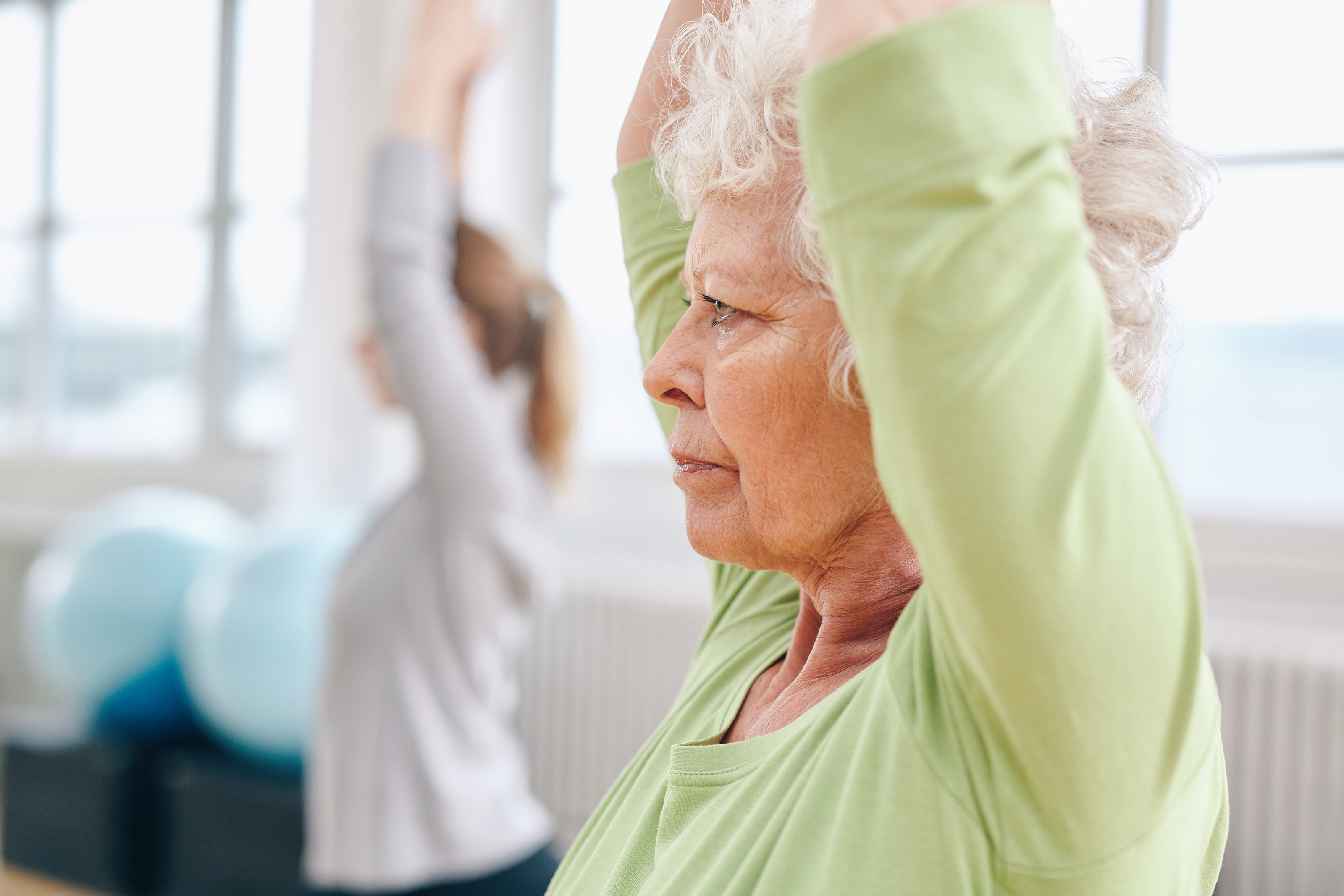Simple advice for those new to Yoga
7 August 2019, Katie Michael

Accept you are a beginner
Remember being a beginner is okay. If you feel frustrated that your hips are still tight after a couple of classes, or you’re still confused about the postures after a month, remember that you’re at the beginning, and just like learning any new skill it takes time.
Be patient
For the first few weeks of practice don’t worry about going a little slower so you can get to grips with alignment and movements on the mat. There is a lot to take in, so it is good to try and concentrate on just one aspect of your practice. It could be your breath, your gaze, your alignment, your movement on the mat, engaging your core or just trying to be present. Remember small improvements accumulate into significant progress over time.
Focus on your foundation
Whether your hands or feet are holding you in a posture, the foundation of your body is incredibly important. Just like the foundations of any building, the whole structure relies upon it. Always notice the way your hands and feet are placed. Spread your fingers and toes wide to create a good solid base of support and listen to any small cues from your teacher.
Engage your core
A strong core not only helps you feel more powerful, it can make your yoga practice easier and more enjoyable too. As the centre of the body, the core is involved in virtually every movement we make. The stronger your core is, the less likely you are to get injured, and the more likely you are to stop thinking about how much your body is shaking, and start focusing instead on calming the mind.
Buy a suitable mat
When buying a yoga mat, check that it is reasonable grippy one so that it doesn’t make your hands and feet slip. It also shouldn’t be too thick or squishy. This will help you feel more confident and focused during your yoga practice!
Wear suitable clothing
Wear high waisted leggings or loose trousers. On top wear layers so you can shed them if you get too hot (then put them on again in Savasana). To prevent your top riding up during downward dog wear a close-fitting T-shirt or top. Men can wear stretchy shorts or light-weight tracksuit bottoms; preferably ones that aren’t too slippery. It is important that you feel comfortable with what you’re wearing.
Yoga is practised with bare feet but you can buy special grippy yoga socks if you would prefer not to go barefoot.
Basic yoga etiquette in a class
Be respectful of others when you come into the class. It is often suggested that you arrive a few minutes early to allow youself to come into the present on your mat before the class starts.
Try not to walk on someone else’s yoga mat. Some consider it as an invasion of their personal space or simply just irritating that you stepped on something that belongs to them with your “dirty feet”!
You may need to re-evaluate how close you mat is to your neighbour. Yoga is an internal practice but it’s sometimes a little more difficult to tune into this concept if you have someone’s hands hovering above or below your face! Have enough room between your neighbour’s mat so that you can move freely.
Eating before a yoga class
It is best not to do a class on a full stomach. If you feel you need something to eat, make it a small snack (banana, few dates or nuts) just to give you a bit of energy.
Take it with you
REMEMBER—A yoga practice isn’t just something we can only do on the mat. It’s a life-long process. The mindfulness, breathwork, focus, presence, building of self-confidence, strength we build in each yoga class can be translated into everyday life. We get to benefit from yoga throughout the day, and pass those benefits on to everyone we interact with too!
